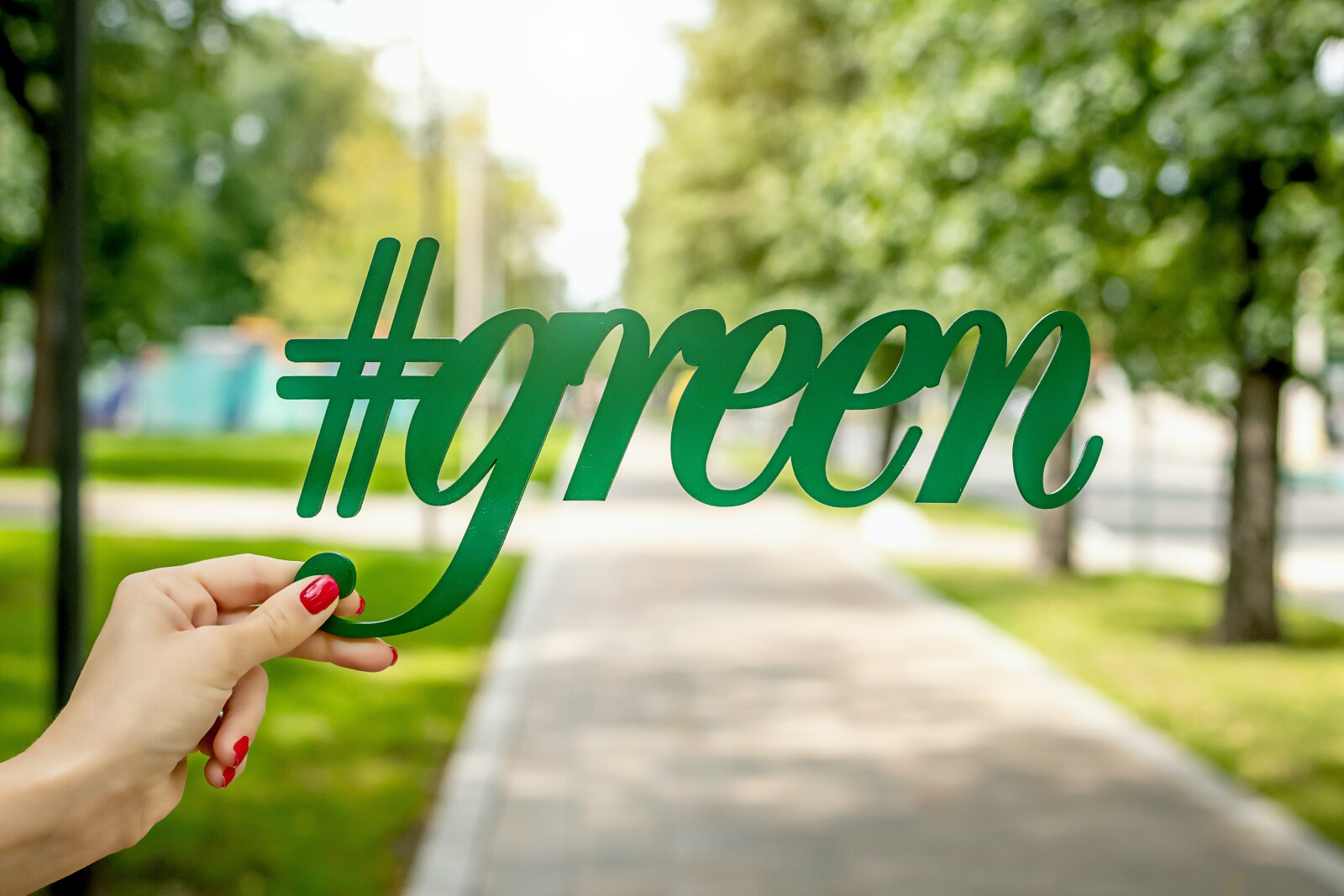
Most of us know what whitewashing is - trying to brush over unpleasant facts of a situation, particularly when it is political in nature. Greenwashing is whitewashing about environmental issues. It is a marketing practice conducted by companies to sway consumers into believing they or their product are more environmentally friendly than they actually are. In other words, the money spent on the advertising campaign is greater than the money spent on making the company or product environmentally friendly.
Why do companies do it? Well, consumers have moved more and more toward companies and products that have a lesser impact on the environment. This is a good thing. Because of this, companies are motivated to win customers over through making themselves environmentally friendly even if they’re not.
A specific example of this happened in 2018 with Starbucks. In an effort to appease the masses calling for an elimination of plastic straws, the company announced they were switching to a straw-less lid by 2020. Many environmental groups applauded their efforts. However, as it turns out, the straw-less lid contains more plastic than the old straw and lid combination. This is an example of packaging but what about what’s inside.
In the US, there are no regulations governing use of the terms “natural” or “nontoxic”. A company can claim that a product is natural even if it contains little to no natural ingredients and is, instead, primarily made of synthetic ingredients. The use of flowers or other “green” images are further attempts to convince the customer that the product is good for them.
What is the consumer to do?
- Do some digging on the ingredients in your products and the company that makes them.
- At the risk of becoming skeptical of all companies that make “green” claims, find companies that are living up to their marketing and practicing what they preach.
- Be on the lookout for small companies that are bought out by larger companies. When this happens, the ingredients in a natural product that was made by the smaller company are often changed to synthetic and undesirable ingredients in order to cut costs and increase profits. This has happened to me on more than one occasion.
- Lastly, just because a product is environmentally friendly one day doesn’t mean it will continue to be. Companies are known to change ingredients without warning. This has happened to me as well.
Bottom line, if you can find a company that you trust, buy as many products from them as possible. Check in on them from time to time by doing a quick internet search using their name and environment. See what comes up and then decide whether to stick with them or move on.
Interested in learning more about earth-friendly options? Join my free group here.
Get my free guide: 4 Ways Being Earth-Friendly Can Change Your Life for the Better HERE.
*As an Amazon Associate I earn from qualifying purchases.
















0 Comments